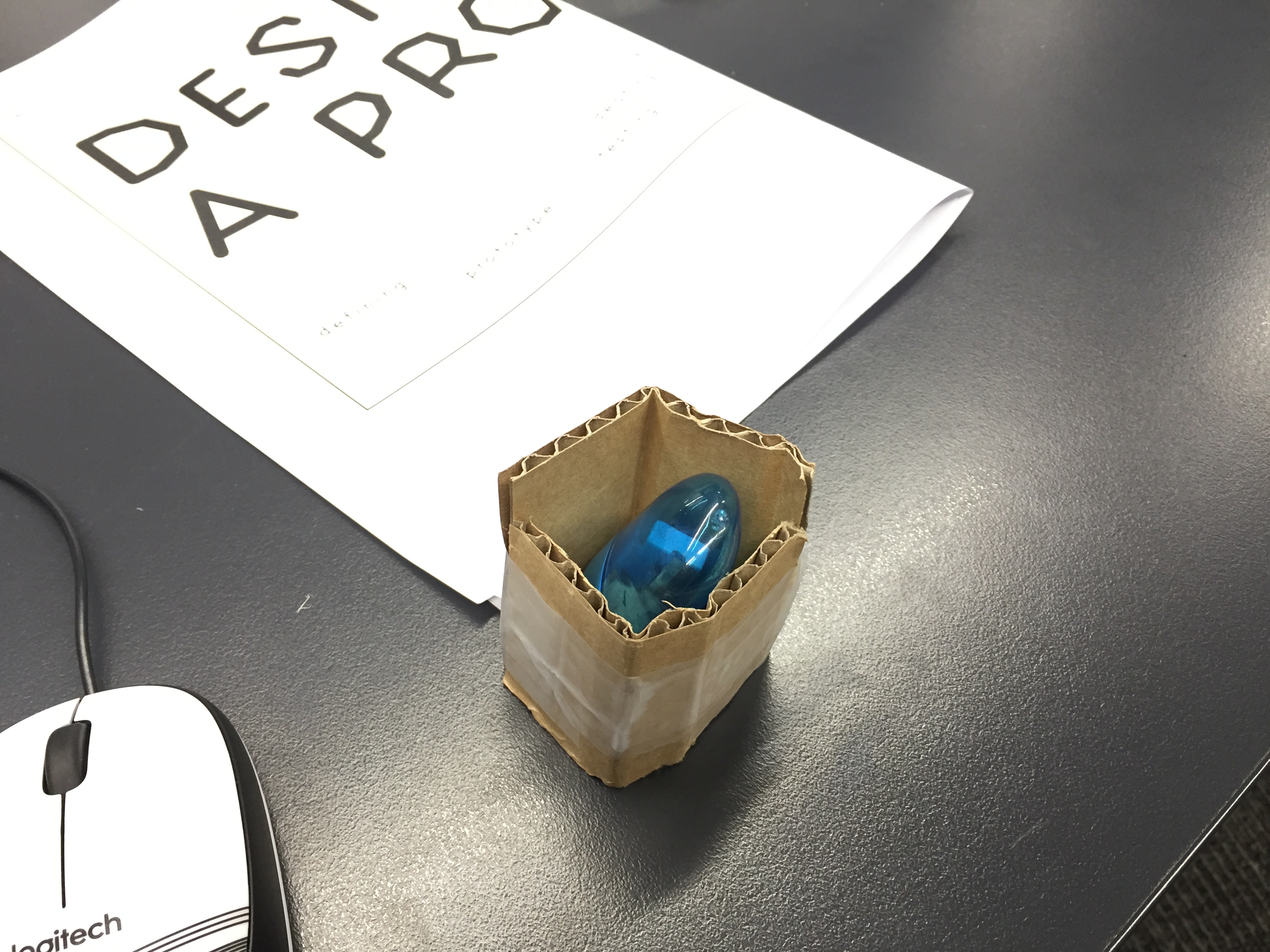
This is my feedback reflection based on the class activity we did for Illusion of Life. It pertains to the interview and prototype Lynn has created for me based on my interest for the minor project I want to partake in this semester.
A quick statement for context: I want to create a 2D animation that projects a character’s struggle and interaction with a box. The whole point of this is a way for me to hone and tune my animation technique of staging, anticipation, posture, and timing so that I could effectively showcase the struggle of the character through observation alone. Could I successfully signal these sets of emotions to the audience so that they could feel the endeavor of the character?
Start:
- Start adding other elements and obstacles so that isn't dull (In its current state it’s a very basic premise without a real story).
- Start creating real life prototypes to simulate the way the character could potentially interact with the box (Using a wooden doll to find the right posture for different objects).
- Start playing with the real life box prototype and see how it moves as you apply more weight. Write down all possible movements.
- Start interacting with real world objects and observe how you and the object reacts to exerted movement.
- Start storyboarding a few frames to get a good grasp of staging.
- Start playing with different character designs with varying physicality and see how they may interact with diverse scenarios.
Stop:
- Stop limiting myself to one asset or character. Have multiple iterations.
- Stop restricting myself to just object A and B. Incorporate external forces and environment to enliven the animation.
- However don’t overcomplicate the animation and convolute it with unrealistic goals given the 12 week time frame (remember that I want to create this for a minor project).
Keep:
- Keep the character/box interaction as its simplicity will allow the audience to focus on the movement rather than the design.
- Keep simple character design with minor details to further corroborate the above statement.
- Keep experimenting with prototype for more real life simulations of object interaction and observe the inertia.
- Keep creating iterations of different possibilities and see what fits the premise the best.
About This Work
By JeeHoon Oh
Email JeeHoon Oh
Published On: 01/03/2018
academic:
mediums:
scopes:
tags:
ideas, IOLW01, Illusion of Life, Feedback Reflection, Project Design, Prototype, IOL
